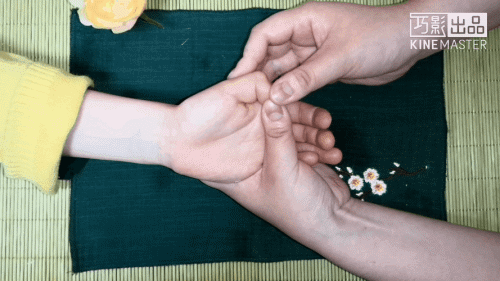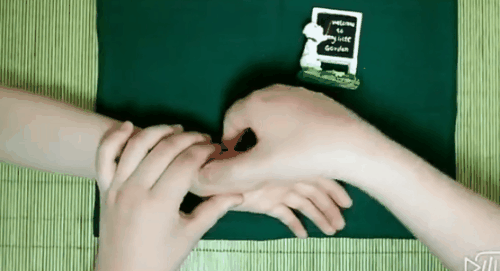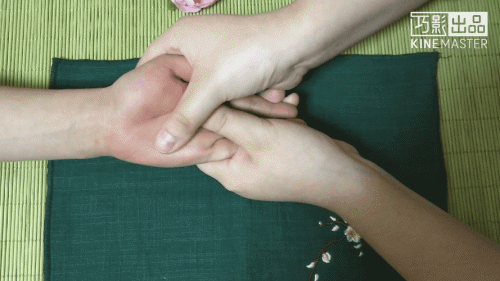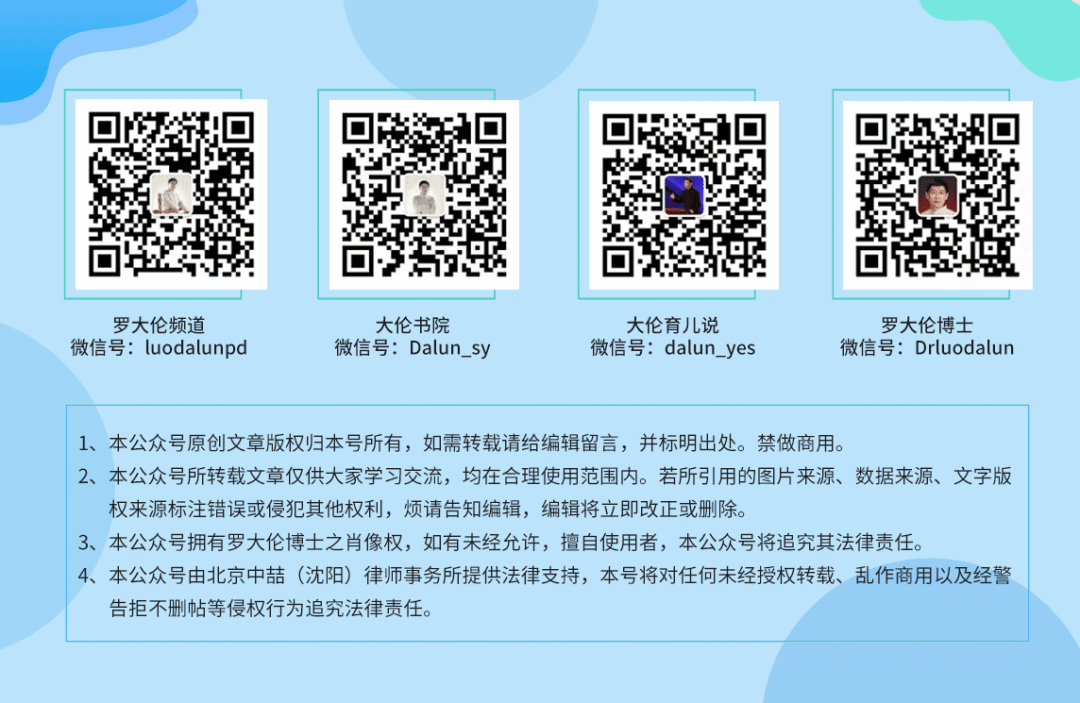 Click the blue text above and remember to follow us!
Click the blue text above and remember to follow us!
The importance of the spleen and stomach in children is well known. If a child experiences a lack of appetite, overeating or undereating, constipation, or diarrhea, parents should first consider regulating the spleen and stomach! Previously, we introduced tuina techniques related to spleen deficiency, but some children exhibit symptoms that resemble spleen deficiency without being entirely so. What should we do in this case?
This is what we will discuss today: spleen-stomach disharmony!
Spleen-Stomach Disharmony
Many people cannot distinguish between spleen deficiency and spleen-stomach disharmony, thinking they are the same. In fact, they are not. Spleen deficiency and spleen-stomach disharmony are interrelated and causative. The spleen and stomach are both part of the digestive system and are mutually dependent. Spleen-stomach disharmony occurs when the spleen and stomach cannot cooperate effectively. The stomach is responsible for receiving and digesting food, while the spleen is responsible for transporting and transforming it. If the stomach can receive food but the spleen cannot transform it, leading to an inability to distribute the refined substances throughout the body, this is spleen-stomach disharmony. For example, if the stomach is strong but the spleen is weak, the child may have a good appetite and eat a lot, but cannot absorb or transform the food, leading to bloating after eating. This is a case of a strong stomach and weak spleen.
Is this spleen deficiency? Not necessarily. A strong stomach and weak spleen indicate that the stomach’s function is relatively strong, while the spleen is overburdened and cannot function normally, leading to spleen deficiency. Moreover, as the spleen becomes more deficient, the food and fluids cannot be absorbed well and are expelled, leading to hunger and a desire to eat, which further exacerbates spleen deficiency. Spleen deficiency is characterized by insufficient spleen function, which over time can affect the stomach. It is important to distinguish between these two conditions.
Tonifying the Spleen Meridian

Flex the child’s thumb and push along the radial edge of the thumb towards the base of the thumb, 200 times.
Clearing the Stomach Meridian

With one hand, stabilize the child’s palm, exposing the thumb, then use the thumb or index/middle finger of the other hand to push from the outer edge of the thenar eminence to the base of the thumb, 200 times.
Rubbing the Banmen Point

The Banmen point is located beneath the thumb, on the thenar eminence. Use the fingertip to rub the midpoint of the thenar eminence, performing 200 rubs.
Clockwise Inner Bagua

The Inner Bagua is located on the palm, with the center of the palm as the center point. Draw a circle with a radius from the intersection of the middle finger’s horizontal line (2/3 inside and 1/3 outside) in a clockwise direction, 200 times.
Abdominal Massage
Have the child lie on their back, using one palm to move in a clockwise direction on the child’s abdomen, 200 times.
Pressing and Rubbing Zusanli (ST36)
Zusanli is located 3 cun below the outer knee eye (Dubi point), 1 finger breadth (middle finger) lateral to the anterior crest of the tibia, rub 50 times.
In this situation, simply tonifying the spleen is not sufficient; attention must also be paid to adjusting the function of the stomach. If only tonifying techniques are used while the stomach is relatively hyperactive, the spleen cannot transform, yet the stomach still has the capacity to receive food and the child will still feel hungry. Therefore, why not add techniques to clear heat from the stomach? The term “strong” here refers to the stomach’s relative strength compared to the spleen. While tonifying the spleen, appropriate techniques to clear the stomach can be applied, unlike in cases of internal heat where clearing heat techniques are necessary. If the condition has persisted for a long time, and the child has accumulated food leading to internal heat, then techniques to clear internal heat should be used. During tuina, it is important not to be rigid; adjustments should be made based on the actual condition for the best benefit to the child.
Previous Articles
“Spleen Deficiency Special | Common Tuina Techniques for Pediatric Spleen Deficiency Problems!”
“Pediatric Tuina | Tuina Techniques for Food Accumulation and Abdominal Pain!”
Written by | Xia Feng
Edited and Demonstrated by | Qian Meng
Cover Image | Eight Years Old



